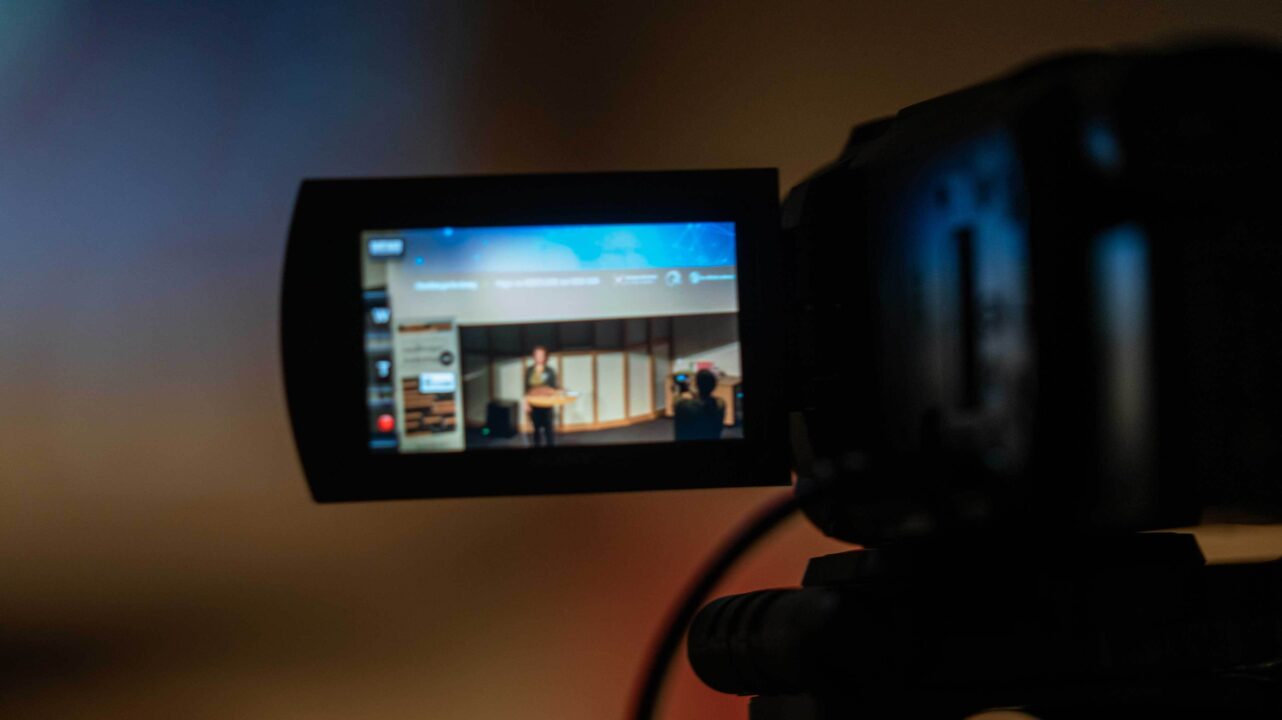A summary of VA-report 2005:5
The aim of this study is to examine the scientific content of a selection of newspapers and magazines.
As young people are the priority target group at Vetenskap & Allmänhet, we choose to focus on publications read by young people. The study involves a contents analysis of newspapers and magazines aimed specifically at young people (youth press), and also of publications young people are likely to read at home – namely regional publications (regional press) and Family publications (family press). This report represents a pilot study, with much scope for follow-up work.
The study addresses four key questions:
- How much scientific content is there in the publications?
- Are any citations or references included?
- How is the material presented?
- Which scientific areas are being discussed?
The study involved thirteen newspapers and magazines, and a total of 8 600 pages were examined. Advertisements as well as journalistic and editorial content were included in the study, and were judged according to whether the material had any scientific connection. As a general observation, there are quite marked differences in how science-related material is treated in the publications studied. The differences are clear even within categories, particularly within youth and family publications.
The total amount of scientific (or so-called scientific) content in the material analysed was relatively low. On average, only seven percent of the articles and advertisements contained – or claimed to contain – scientific content. Looking specifically at articles rather than advertisements, only two per cent of the pages in the regional publications contained scientific material. In the youth press and family press, the figures were nine and seven per cent respectively.
Researchers themselves were cited most often in the regional press category, where almost a third of the classified articles contained a quote by a researcher. Scientific studies were also quoted most frequently in this category. However, in the youth and family press, the number of references from a researcher or scientific study was low. Instead, these publications contained quotes from other ”experts”, ranging from doctors to relationship experts. Nearly three quarters of the material classified as scientifically related in the youth press contained statements from experts other than researchers.
Regional publications had the lowest proportion of scientific material that was included without proper referencing. These publications treated scientific materials in a better way than the other two categories studied, with the majority of science-related material represented in a positive light. Moreover the focus of this material was mainly on the advantages of research, rather than the risks. In terms of subject area, social science dominates in the regional press, whereas it hardly appears at all in youth or family publications. Psychological health matters clearly dominate in youth publications, whereas medicine isthe most common subject in family publications. Pseudoscience appears only in youth and family publications, and there mostly in the form of horoscopes and fortune telling.

